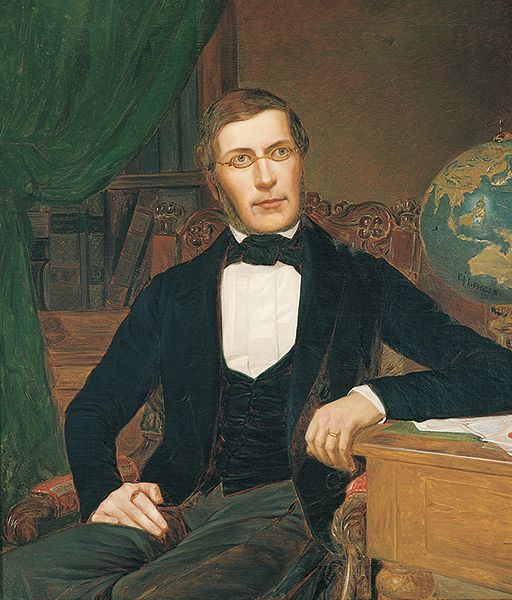Matthias Castrén
Matthias Alexander Castrén
Born December 12, 1813, Tervola. Died May 7, 1852, Helsinki.
Bachelor of Arts 1836, Master of Arts 1836, Doctor of Philosophy 1944, Imperial Alexander University.
Docent, 1840 (Finnish and Old Scandinavian Tribal Languages), Imperial Alexander University, Professor, 1851 (Finnish Language and Literature), Imperial Alexander University.
Field trips:
1841-44 Russia (occasionally with Elias Lönnrot)
1845-48 Russia and China (accompanying Johan Bergstadt)
Awards and special achievements:
Joint winner of the Demidov Award
Member, St Petersburg Academy of Science, January 1, 1849.
Photo: WikimediaCommons
Written by Tero Juutilainen
Translated by John Calton

